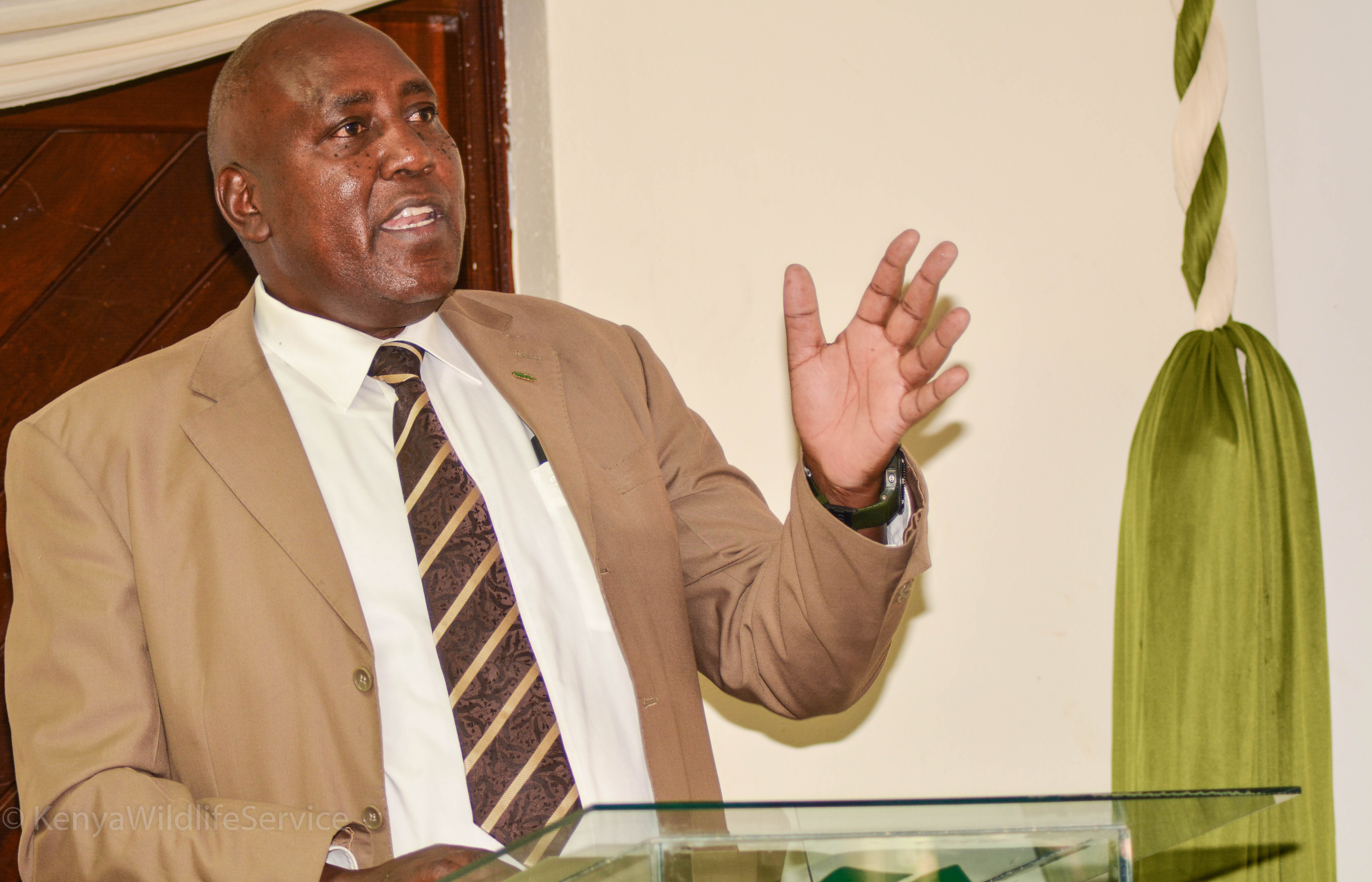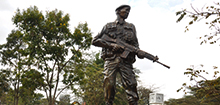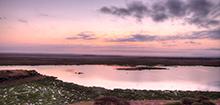
Date Published:
Kenya’s flagship National Reserves were the main focus of discussion in a historic consultative meeting hosted by KWS at the Nairobi Safari Walk on March 25, 2019.
The main objective of this inaugural consultative meeting was to deliberate on how to resuscitate Kenya’s long-dormant National Reserves as well as find mutually acceptable methods of resolving some of the problems bedeviling the Counties which play host to National Reserves.
Senior managers from all KWS Conservation areas were in attendance at the meeting, including Deputy Directors, Parks and Reserves (Edin Kalla), and Devolution and Community Wildlife Service (Michael Kipkeu) as well as Julius Cheptei, the County Director for Tourism and Wildlife in Isiolo County, seconded from KWS.
Council of Governors representatives from Siaya, Lamu, Laikipia, West Pokot, Garissa, Homa Bay, Eldoret, Kajiado, Kakamega, Lake Baringo, Kitui, Meru, Embu, Turkana and Isiolo were in attendance.
The new KWS Director General, Brigadier (Rtd John Waweru, in his address, read on his behalf by Robert Muasya, Deputy Director for Security, said he hoped that the discussions held at the forum would be fruitful, stating that he came to the helm of KWS at a critical period marred by drought and wildfires. Nevertheless, he was hopeful that the participants would share experiences and explore ways to turn our protected areas into viable entities that not only conserve wildlife, but also earn revenue in vibrant economic ways that impact positively on communities residing in those counties.
KWS mandate involves a key role in providing technical support to the counties, in line with her position of being the lead wildlife agency in Kenya. In the past, KWS has assisted in the establishment of Reserves like Nasolot, South Turkana and Tana River Primate, amongst others.
Another critical interface between KWS and the counties is the provision of security in some of the wildlife Reserves hosting endangered species like rhinos and elephants. KWS also assists counties in the development of Management Plans, an important tool for the betterment of Protected Areas management. KWS has extended this assistance to a number of National Reserves, including Mwinyi, South Kitui and Bogoria.
The DG urged the County representatives to impress upon their leadership to take advantage of the expertise of KWS’ highly trained and experienced professionals and seek assistance from KWS offices dotted around the counties. He appreciated the collaborative relationship between KWS and County governments.
National Reserves which are mostly under the County government, act as buffer zones and dispersal areas for the National Parks. In addition some Reserves are host to endangered wildlife species for example; Raoli and Arawale Reserves host the Hirola antelope, while Samburu hosts the Grevy’s zebra. Tana River hosts the Red Colobus and Tana River Mangabey.
Brigadier (Rtd) Waweru called for the strengthening of the partnership and collaboration between KWS and the County governments, and looked forward to a specific action plan for wildlife conservation which will have a vibrant economic impact on adjacent communities.
Apollo Kariuki, Head of Planning and Environmental Compliance in KWS, gave a presentation on the establishment and operationalization of National Reserves. The purpose of establishing protected areas is not primarily for revenue generation. According to the Wildlife policy of 1975 (still in use because there is no other policy in place), conservation is the primary goal of protected areas - to protect and conserve representative samples of Kenya’s biodiversity. Any other benefits are incidental.
Protected areas are not meant to be established in a haphazard manner; rather the process is guided by the biotic communities that a protected area will be protecting. A National Reserve named Lotikipi is in the process of being established in Turkana County, at the border of Kenya and South Sudan. The reserve is supposed to represent a desert kind of environment.
Mr. Kariuki defined a National Reserve as an area of Community land, previously known as Trust land, declared to be a National Reserve under the current Wildlife Conservation and Management Act (WCMA) 2013. A Protected Area is any land that is conserved for wildlife based on either legal or any other effective means. Conservancies are therefore wildlife protected areas. There are 23 National parks, 29 terrestrial National Reserves, four (4) Marine Parks, six (6) Marine Reserves, and six (6) sanctuaries. Tsavo East makes up a whopping 44% of protected areas in Kenya. National Reserves constitute 38% of the Protected Areas in Kenya.
County Government National Reserves are 26, including Arawale, Busanadi, Boni, Buffalo Springs, Chepkitale, Dodori, Kakamega, Kamnarok, Laikipia, Lake Bogoria, Kanyaboli, Losai, Maasai Mara, Marsabit, Mwea, Nasolot, Ngai Ndethya and Mwingi, among others. KWS managed Reserves are Nasolot, South Turkana, Mwea and Tana River Primate.
Issues of concern in National Reserves include encroachment, poaching, pollution, invasive species, habitat degradation and livestock incursions. Functional Reserves are Maasai Mara, Samburu, Buffalo Springs and Bogoria.
A presentation on bush meat poaching discussed the trend as an emerging issue affecting wildlife. Wildlife insecurity in Kenya is characterized by international trade in trophies and meat and commercial poaching for bush meat and illegal wildlife trade. While the illegal killing of elephants and rhinos for trade in ivory and rhino horn has been widely recognized as a key threat, the rise of commercial poaching for bush meat is emerging as a serious threat to species survival, as well as affecting tourism in key protected areas.
A presentation on the establishment and management of Conservancies revealed that WCMA 2013 promotes participation of the community because conservation is a viable form of land use. A conservancy is defined as an area of land set aside by an individual, corporate body or group of land owners for the purposes of wildlife conservation.
Conservancies’ role in wildlife conservation includes the management of endemic species, community participation in wildlife conservation, acting as wildlife dispersal areas, providing economic gains such as tourism, carbon trading e.g. in Rukinga conservancy in Taita Taveta and promoting peace and security.
The success story that is KWS and Isiolo County partnership was a highlight of the workshop. The County has three National Reserves: Buffalo, Shaba and Bisanadi. After devolution in 2010, these Reserves were not accorded priority, which led to deteriorated revenue streams.
Due to this, the County requested KWS to second a staff to turn their fortunes around. After talks with the County Government and adjacent communities on how to manage wildlife outside protected areas and setting aside a budget for the formation of conservancies, investors who had abandoned the County were lured back by attractive incentives and benefits derived from investing in Isiolo. The collaboration resulted in increased visitor numbers and revenue streams.





